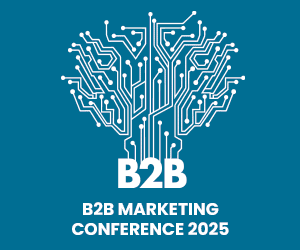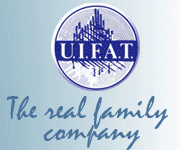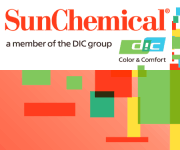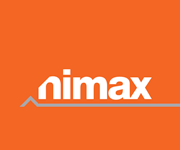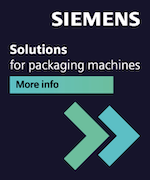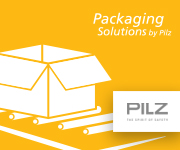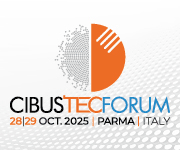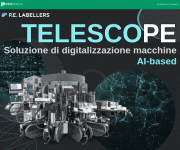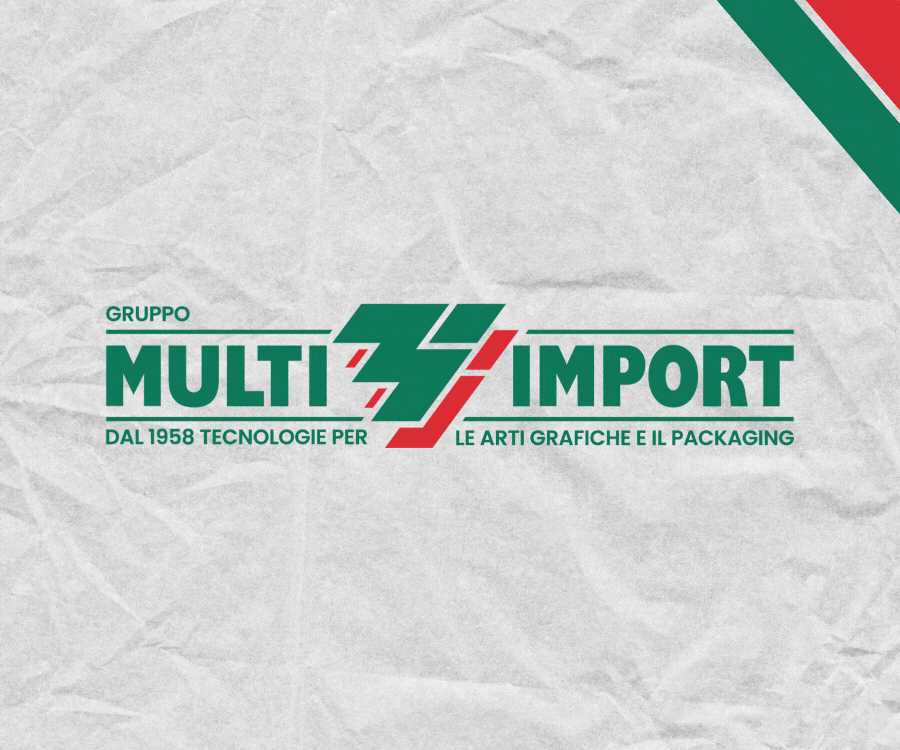Pharma market growth and emerging trends
The global pharmaceutical manufacturing market is expected to grow at a compound annual growth rate of 11.34% from 2021 to 2028 to reach USD 957.59 billion by 2028 and the pharma market is changing in response to the rapidly evolving expectations of customers and investors.
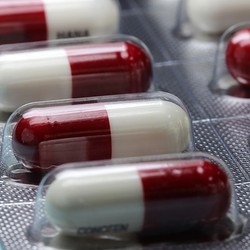
According to Grand View Research Inc., the global pharmaceutical manufacturing market size was valued at USD 405.52 billion in 2020 and is expected to grow at a compound annual growth rate (CAGR) of 11.34% from 2021 to 2028.
The pharmaceutical landscape has undergone a massive transformation with the emergence of new technologies, cost-effective, and more efficient manufacturing approaches. In addition, increasing investment flow in this space has impacted the market growth positively. Manufacturing floor downtime and the production of product waste are reduced by the implementation of robotic technology and Artificial Intelligence (AI). Single-use disposable solutions have gained momentum in this industry and have replaced conventional open transfer manufacturing techniques. Furthermore, the paradigm shift towards integrated, smart, and data-rich paperless operations has resulted in error-free and precise production. Such ongoing developments have propelled drug manufacturing.
Moving from forecasts to data already available, current business dynamics indicate that innovation will continue to drive growth in the 2022 pharma market (source: www.avenga.com). The US and European markets alone will be worth $635 and $315 billion in sales by 2024, respectively.
The industry has started focusing on its ability to meet rising client expectations with the help of AI and ML. Specific emphasis is being made on pharmacovigilance, federated learning, NLP, and computer vision. Nonetheless, 2022 calls for pharma to reach further and pay attention to all the pharmaceutical industry trends that will shape the global market this year.
The pharma market is changing in response to the rapidly evolving expectations of customers and investors. COVID-19 didn’t reshape the whole industry. On the contrary, it only fueled the development of pre-existing pharmaceutical trends, most notably in patient engagement and digitalization.
Avenga, a global IT and digital transformation company, has identified the ten trends that will characterize the future of the pharmaceutical industry.
Emerging trends in the Pharma industry
Medicines and vaccines often have undesirable and unexpected side effects. This treacherous tendency calls for more emphasis to be made on the drugs’ quality and the aftermath of their usage. The pharmacovigilance is a set of scientific activities for preventing adverse drug effects and other medicine-related safety problems. Its ultimate goal is to optimize the benefit-risk ratio of healthcare products usage by sharing accurate information with patients and health care professionals. There is no doubt why the pharmacovigilance market is expanding rapidly.
Continuous digital transformation, aimed at lowering the R&D price while simultaneously enhancing its efficiency, will become one of the leading tendencies in 2022. Ten American pharmaceutical companies, which have sent 106 new drugs to the market during 2013-2021, have spent an average of $2.8 billion on testing, marketing approval, and post-approval research and development (R&D). While the R&D phase remains crucial to the industry’s “end-users”, it is hard to deny that the price noted above longs for an improved cost-efficiency ratio.
Why are certain drugs effective while their alternatives cannot be used for treatment? Machine Learning algorithms can assist in finding the answer to this question, but the technology requires data analytics. Combining these tools can also boost predictive medicine and make it possible to track the effects of different therapies on groups of patients over time.
The industry’s transformation heavily relies on new capacities and talent. Given an increasing volume of distributed remote work, organizations are reevaluating their network costs and introducing new operating models. This trend is likely to cause talent distribution, making manufacturing more flexible. For instance, the requirements to work on-site may become less acute. The post-COVID-19 workforce will, therefore, be more resilient to changes, which can lead to more well-distributed organizations.
NLP (Natural Language Processing) is progressing faster than any other AI subfield. With year-on-year growth in the AI software market exceeding 100%, the experts expect its worldwide revenue to reach around $126 billion in 2025. NLP will take credit for a substantial share of the AI growth, especially when it comes to AI application in healthcare and life sciences. This segment of the NLP market is predicted to reach $4.3 billion in 2026, compared to 2021’s $1.8 billion.
Digital tools, including telemedicine and remote-working instruments, are bound to change patient interactions and make access to healthcare services easier. Embracing new technologies will open up alternative opportunities for more precise chronic disease management.
Real-world-evidence (RWE) is nothing new to the pharmaceutical industry. However, its recent advancement makes it one of the latest pharma industry trends. Some three years ago, RWE was mainly used for analyzing electronic health records and data from wearable devices so as to complement clinical trials data. Today, it has sprung up as one of the major tools for vaccine development and testing.
Faster time-to-market and improved cost-efficiency are the primary reasons for the popularity of outsourced manufacturing services. According to Grand View Research Inc., the investigational new drug CDMO (contract development and manufacturing organizations) market will reach a market size worth $6.8 billion by 2028, while the conventional CDMO market will grow to $117.3 billion by 2023.
Adverse event reports are saved in various formats and are highly fragmented. At the same time, the amount of reported adverse events is growing every day, making it more challenging to analyze and process all the reports and, thus, define the most important ones. As the global pharmacovigilance market is expected to expand in value to almost $15 billion by 2028, deep learning (DL) can significantly contribute to the advancement of anomaly detection and adverse event monitoring.
The year 2022 is about to put even more emphasis on cybersecurity. The pharmaceutical industry is a source of the most sensitive data a cyber perpetrator can steal. The danger can emerge in different sources and forms, from unauthorized access to third-party vendors to phishing attacks and employee errors. The never-ending introduction of new technologies guarantees that pharma organizations are bound to face security risks.
Sources:
www. grandviewresearch.com
www.avenga .com



